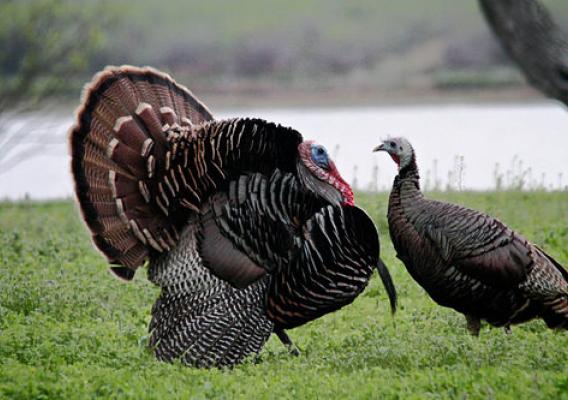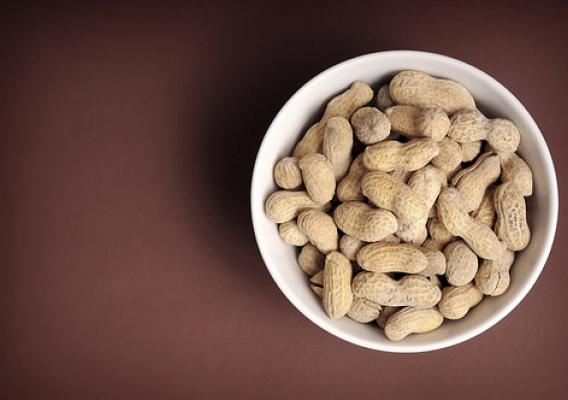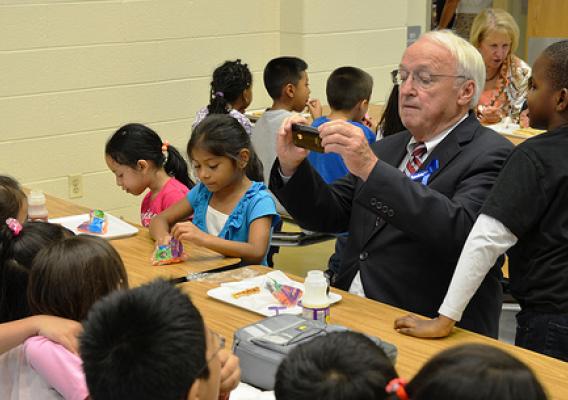March is National Nutrition Month. Throughout the month, USDA will be highlighting results of our efforts to improve access to safe, healthy food for all Americans and supporting the health of our next generation.
With summer just around the corner, it’s the perfect time for communities and parents to start thinking about activities for kids when school is out. With deliciously juicy local fruits and veggies coming into season and, in many areas, warmer weather that invites summer play, it may seem logical that keeping kids healthy would be easier during summer months. However, without the structure of school and afterschool sports, those lazy summer days can sometimes lead to constant snacking and endless hours playing video games and watching TV.
For some children, the summer months can mean food insecurity because they no longer have access to regular school meals. That’s where summer meal programs can help, not only by offering free healthy meals, but also by providing opportunities for nutrition education and physical activity.










